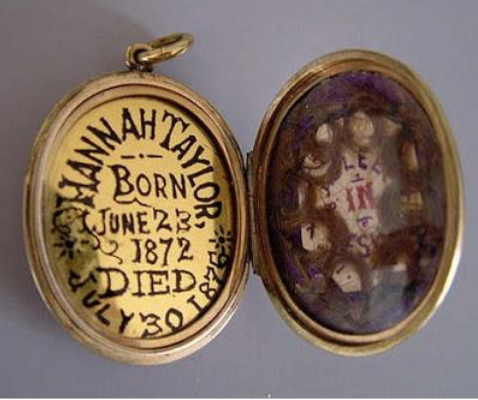VICTORIAN MOURNING JEWELRY
- Tick Tock Jewelers
- Nov 9, 2022
- 1 min read
Updated: Aug 23, 2023

Under the reign of Queen Victoria from 1837-1901, traditions and styles changed. Women were under strict guidelines whenever a loved one passed away; in addition to certain clothes and activities, they had to wear mourning jewelry to avoid being shunned. Mourning jewelry was mostly black in color, made from shiny fossilized coal, onyx, black enamel, dark tortoiseshell, pearls, and bog oak. Occasionally, a piece would include white enamel; in this case, the person who died would have been an unmarried woman or child. The hair of whoever passed away was also common. Before the Victorian era, symbols in mourning jewelry were commonly bones, coffins, and gravedigging tools. As we entered the Victorian era, designs started including lighter images such as angels, clouds, and weeping willow trees.
While its popularity soared in the 1800s, mourning jewelry has been worn since the 1600s. Photography was not available for people, so the way they would remember departed loved ones was through jewelry. The wealthier the family, the more intricate the jewelry would be. If exceptionally wealthy, mourning jewelry would be passed around at funeral services.
While the traditional “mourning period” is no longer in practice, many people still pay tribute through jewelry to their loved ones who have died. Wearing the person’s jewelry, birthstone, name, or picture in a locket is still common.







Komentāri